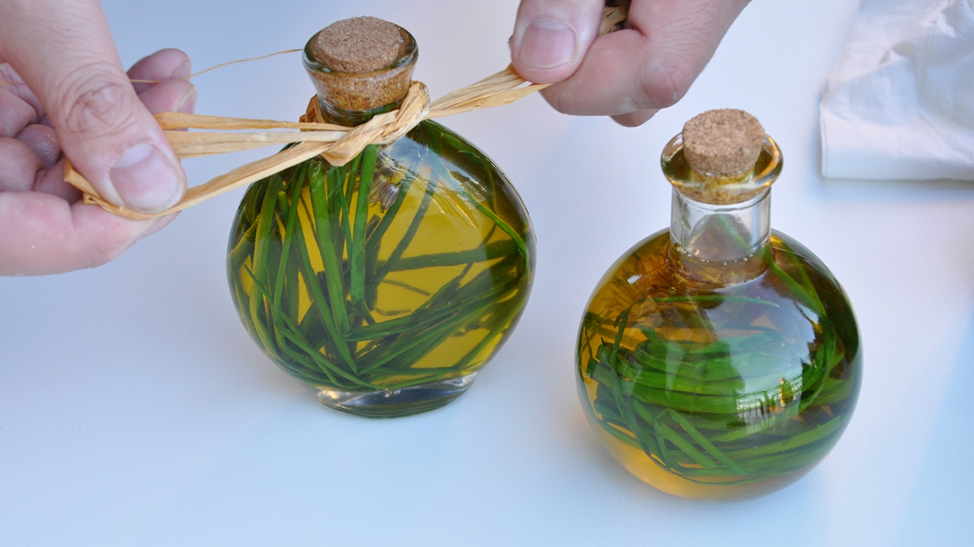Home Insteading With Cooperative Extension (Week 33)
go.ncsu.edu/readext?748967
en Español / em Português
El inglés es el idioma de control de esta página. En la medida en que haya algún conflicto entre la traducción al inglés y la traducción, el inglés prevalece.
Al hacer clic en el enlace de traducción se activa un servicio de traducción gratuito para convertir la página al español. Al igual que con cualquier traducción por Internet, la conversión no es sensible al contexto y puede que no traduzca el texto en su significado original. NC State Extension no garantiza la exactitud del texto traducido. Por favor, tenga en cuenta que algunas aplicaciones y/o servicios pueden no funcionar como se espera cuando se traducen.
Português
Inglês é o idioma de controle desta página. Na medida que haja algum conflito entre o texto original em Inglês e a tradução, o Inglês prevalece.
Ao clicar no link de tradução, um serviço gratuito de tradução será ativado para converter a página para o Português. Como em qualquer tradução pela internet, a conversão não é sensivel ao contexto e pode não ocorrer a tradução para o significado orginal. O serviço de Extensão da Carolina do Norte (NC State Extension) não garante a exatidão do texto traduzido. Por favor, observe que algumas funções ou serviços podem não funcionar como esperado após a tradução.
English
English is the controlling language of this page. To the extent there is any conflict between the English text and the translation, English controls.
Clicking on the translation link activates a free translation service to convert the page to Spanish. As with any Internet translation, the conversion is not context-sensitive and may not translate the text to its original meaning. NC State Extension does not guarantee the accuracy of the translated text. Please note that some applications and/or services may not function as expected when translated.
Collapse ▲4-H at Home
Camaryn Byrum, 4-H Agent
Make A Potato Maze (4-H 30 Days of Doing Activity Guide)
Using just a cardboard box and a sprouting potato, complete this fun activity to show the obstacles plants will overcome to find the light they need to grow.
Activity Steps:
- Make a small hole in the short side of a long cardboard box.
- With an adult’s help, cut out several pieces of cardboard and stick them inside the box to make a maze (like the one in the picture).
- Put a sprouting potato at the end of the box, opposite the hole. Place the lid on the box.
- Leave the box in a light place so that light can easily get into the box, through the hole at the end.
- After a few days, take the lid off the box. Has your potato found the pathway through the “maze” to reach the light?
What happens? The potato senses the light and grows toward it, even though it has to find its way through a maze first. Does your potato shoot eventually grow out of the hole in the side of the box? More information

Family and Consumer Sciences at Home
How to Infuse Oils, Vinegars, Liquor, or Honey (Without Making People Barf)
Written By: Matt Shipman, NC State University
Submitted By: Mary Morris, County Extension Director and FCS Agent
Hand-crafted gifts of infused oils, honeys, vinegars, and liquors seem to be increasingly popular. But many of these artisanal concoctions could pose significant health risks. However, there are things home cooks can do to make these products much safer.
Here’s why this is important: foods that aren’t processed correctly or stored at the proper temperature can become a breeding ground for bacteria. The same is true for foods that are not sufficiently acidic. For example, garlic cloves in oil look lovely. But they have also been linked to botulism poisoning – which is not lovely.
We’re not saying that home cooks shouldn’t make infused food products for the holidays. We just want folks to take the proper precautions. With that in mind, we talked to food safety experts Natalie Seymour and Candice Christian about what home cooks can do to drastically reduce the risk of foodborne illness.
If you want to show loved ones you care, but don’t want to make them violently ill, pay attention to these basic guidelines.
Sterilize Your Containers
No matter what infused product you are making, you need to wash and boil your bottles or jars for 10 minutes in order to eliminate risk from residual pathogens on the container.
Use Quality Ingredients
Use fruits, vegetables, or other ingredients that aren’t bruised or scraped. This makes them less likely to harbor problematic bacteria. And don’t forget to wash them!
Refrigerate or Freeze
We recommend storing the finished product in the refrigerator or freezer. This helps preserve the product’s quality – and makes it less likely that any bacteria in the product will reproduce.
For Infused Oil or Honey
Oils create an environment with no oxygen, which is an ideal place for Clostridium botulinum bacteria to grow and produce botulism toxin (which is bad). Since produce items like garlic and herbs can harbor C. botulinum, it’s a good idea to destroy any bacteria on those items before adding it to oil. This can be done by soaking the products in a citric acid solution to reduce the pH and destroy bacteria that might be present.
Specifically, the citric acid solution needs to be strong enough to bring the pH level of the garlic, herbs, or other ingredients down to 4.2 or less within 24 hours. This paper outlines how you can do that. (This technique is also how manufacturers process infused oils that you can buy off the shelf.)
Skipping the acidification step is risky, so refrigeration is important to prevent the growth of bacteria. Based on the best available science, we recommend that, if you’re not using an acid solution to treat the ingredients in infused oil, the final product should be refrigerated – and thrown away within four days of being made. The only way around this is to freeze the oil until you’re ready to use it.
The oil or honey should also be heated to 180 degrees Fahrenheit before adding it to the other ingredients. If you want step-by-step safety instructions, you can contact the Chowan County Cooperative Extension. If you make infused oils with properly acidified vegetables or herbs, they can be kept safely at room temperature, though you may want to refrigerate them in order to preserve their quality.
For Infused Vinegar
Heat the vinegar to 190 degrees Fahrenheit before adding it to the other ingredients, and be sure to fill the container to within 0.25 inches of the top of the container.
Once you’ve made them, infused vinegars can be safely kept in a cool, dark place for 2-3 months or refrigerated for 6-8 months.
[Note: If someone has given you infused vinegar, and it has started bubbling, that means that it is fermenting. Because any number of organisms could be causing the fermentation, and some of them are bad, you should throw it away. And, obviously, if the vinegar gets slimy, cloudy, or moldy, throw it away. You shouldn’t need to be told that, but we thought we’d mention it.]
For Infused Liquor
From a food safety standpoint, infused liquors get tricky. Many people think alcohol always kills pathogens, but it’s not that simple.
It depends on which pathogen we’re talking about, what type of fruit or vegetable is involved, the alcohol content of the infused liquor, and how long the pathogens are exposed to the alcohol. For example, an infused liquor may be safe after being infused for six hours. Or it may be unsafe after six hours, but safe after 24 hours. Or it may never be safe.
Because this is such a complicated subject, it is difficult or impossible to offer blanket advice on how to reduce the risk of foodborne illness in infused liquors. So, if you are thinking of making infused booze, we encourage you to contact us on social media with questions. You can also email ncsafeplates@ncsu.edu – or reach out to the Extension office in Chowan County at 252-482-6585 or email: mary_morris@ncsu.edu.

Horticulture at Home
Katy Shook, Area Horticulture Agent
Forcing Amaryllis Blooms
If you’ve recently purchased or are considering purchasing and forcing amaryllis bulbs for the holiday season, now is the time of year to prepare. Begin by filling a sterile container with sterilized potting soil. It’s best to avoid mixes that contain pine bark. Plant the bulb two-thirds deep into the soil with the top one-third remaining above the rim of the pot. Water immediately; it’s best to use lukewarm water. Keep the soil moist and water at least once a week. Avoid watering directly on the “nose” of the bulb. Place the plant in a well-lit area that provides a temperature of about 70-75°F. Once leaves and floral stalks are formed, the plant can be moved into a cooler, less-lit area for display. It will take about 6 weeks for flowers to bloom. As flowers begin to fade, they can be pruned away from the plant. Once the season is over, and flowering is complete, bulbs can be planted outdoors for future enjoyment. For more information on forcing holiday bulbs, contact the Ask A Master Gardener℠ Helpline at (252) 482-6585.




